Tsuji, W; Rubin, J. P; Marra, K. G.
World J Stem Cells. 2014;6(3):312-21
 Adipose-derived stem cells (ASCs) are mesenchymal stem cells (MSCs) that are obtained from abundant adipose tissue, adherent on plastic culture flasks, can be expanded in vitro, and have the capacity to differentiate into multiple cell lineages. Unlike bone marrow-derived MSCs, ASCs can be obtained from abundant adipose tissue by a minimally invasive procedure, which results in a high number of cells. Therefore, ASCs are promising for regenerating tissues and organs damaged by injury and diseases. This article reviews the implications of ASCs in tissue regeneration.
Adipose-derived stem cells (ASCs) are mesenchymal stem cells (MSCs) that are obtained from abundant adipose tissue, adherent on plastic culture flasks, can be expanded in vitro, and have the capacity to differentiate into multiple cell lineages. Unlike bone marrow-derived MSCs, ASCs can be obtained from abundant adipose tissue by a minimally invasive procedure, which results in a high number of cells. Therefore, ASCs are promising for regenerating tissues and organs damaged by injury and diseases. This article reviews the implications of ASCs in tissue regeneration.
 Treatment of chronic wounds using traditional surgical procedures is challenging because of the low graft take rates. This study investigated the combination approach of split-thickness autografts with harvested skin cell suspension for chronic wound treatment.
Treatment of chronic wounds using traditional surgical procedures is challenging because of the low graft take rates. This study investigated the combination approach of split-thickness autografts with harvested skin cell suspension for chronic wound treatment.
 After a burn injury certain superficial partial-thickness burn wounds spontaneously progress into deep partial-thickness or full-thickness burn wounds. This poorly understood phenomenon is called burn wound progression. The aim of this study was to investigate whether treatment strategies using warm water (preservation of microcirculation) on the one side and erythropoietin (EPO) (molecule with anti-inflammatory, anti-apoptotic, vasodilatory and neoangiogenic properties) can prevent, delay and/or reduce secondary burn wound progression in a rat model.
After a burn injury certain superficial partial-thickness burn wounds spontaneously progress into deep partial-thickness or full-thickness burn wounds. This poorly understood phenomenon is called burn wound progression. The aim of this study was to investigate whether treatment strategies using warm water (preservation of microcirculation) on the one side and erythropoietin (EPO) (molecule with anti-inflammatory, anti-apoptotic, vasodilatory and neoangiogenic properties) can prevent, delay and/or reduce secondary burn wound progression in a rat model.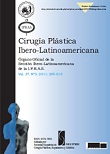 El objetivo del presente estudio es determinar la eficacia clínica de la fibrina autóloga en heridas traumáticas con exposición de tejido noble, en el pie diabético y en úlceras por insuficiencia venosa crónica. El concepto es regenerar el tejido afectado e inducir de manera asistida la formación de tejido de granulación suficientemente compacto para incorporar autoinjertos de piel o facilitar el cierre por segunda intención cuando no puede realizarse injerto.
El objetivo del presente estudio es determinar la eficacia clínica de la fibrina autóloga en heridas traumáticas con exposición de tejido noble, en el pie diabético y en úlceras por insuficiencia venosa crónica. El concepto es regenerar el tejido afectado e inducir de manera asistida la formación de tejido de granulación suficientemente compacto para incorporar autoinjertos de piel o facilitar el cierre por segunda intención cuando no puede realizarse injerto. Adipose-derived stem cells (ASCs) are mesenchymal stem cells (MSCs) that are obtained from abundant adipose tissue, adherent on plastic culture flasks, can be expanded in vitro, and have the capacity to differentiate into multiple cell lineages. Unlike bone marrow-derived MSCs, ASCs can be obtained from abundant adipose tissue by a minimally invasive procedure, which results in a high number of cells. Therefore, ASCs are promising for regenerating tissues and organs damaged by injury and diseases. This article reviews the implications of ASCs in tissue regeneration.
Adipose-derived stem cells (ASCs) are mesenchymal stem cells (MSCs) that are obtained from abundant adipose tissue, adherent on plastic culture flasks, can be expanded in vitro, and have the capacity to differentiate into multiple cell lineages. Unlike bone marrow-derived MSCs, ASCs can be obtained from abundant adipose tissue by a minimally invasive procedure, which results in a high number of cells. Therefore, ASCs are promising for regenerating tissues and organs damaged by injury and diseases. This article reviews the implications of ASCs in tissue regeneration.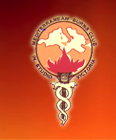 s have shown promise with regard to the healing process of burn wounds. However, donor sites for these cells are still under investigation. The aim of this study is to review the efficacy of adipose tissue-derived stem cells (ADSCs) in accelerating wound healing of third degree burns in a mouse model.
s have shown promise with regard to the healing process of burn wounds. However, donor sites for these cells are still under investigation. The aim of this study is to review the efficacy of adipose tissue-derived stem cells (ADSCs) in accelerating wound healing of third degree burns in a mouse model.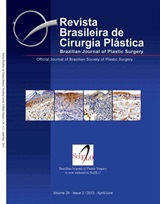 Late seromas after augmentation mammaplasty are uncommon, can manifest without a defined cause, and can be treated by implant removal or replacement. This study aimed to analyze three cases of this complication that occurred 1-10 years postoperatively and were treated differently.
Late seromas after augmentation mammaplasty are uncommon, can manifest without a defined cause, and can be treated by implant removal or replacement. This study aimed to analyze three cases of this complication that occurred 1-10 years postoperatively and were treated differently.

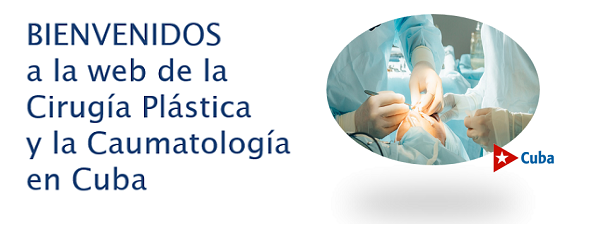
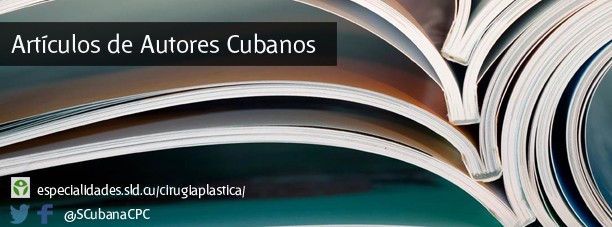
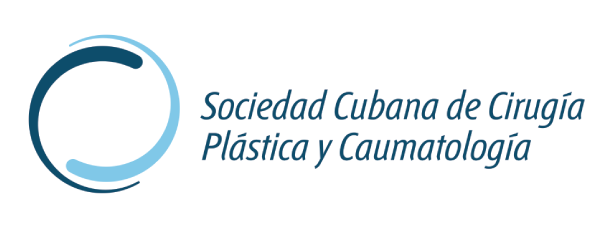

 Sitio web publicado el
Sitio web publicado el
Los lectores comentan